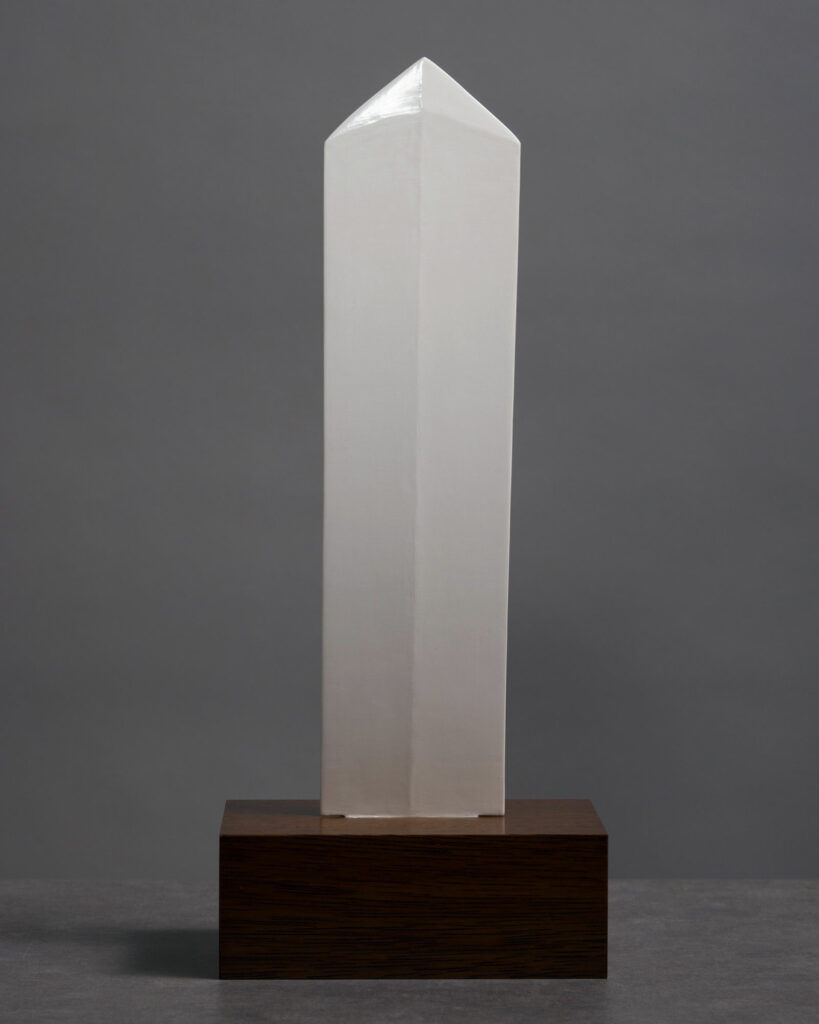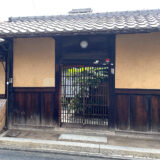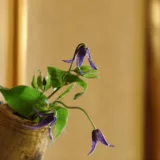On March 3rd, Japan celebrates the Peach Festival, Hina Matsuri. Families display Hina dolls and offer dishes such as Hishi-mochi rice cakes, white sake, and peach blossoms in the hope of their daughters’ healthy growth and good health.
About Sekku
The traditional Japanese calendar has a culture of ‘Sekku‘ celebrations to mark the turning of the seasons. Sekku celebrations are based on the Chinese theory of the five elements and the theory of yin and yang and are events to celebrate the days when odd numbers of days overlap as being auspicious. The most well-known of these are the Sekku celebrations on January 7th (the ‘Sekku’ of the seven herbs), March 3rd (the ‘Sekku’ of the peach), May 5th (the ‘Sekku’ of the boy), July 7th (the ‘Sekku’ of the star festival) and September 9th (the ‘Sekku’ of the chrysanthemum).
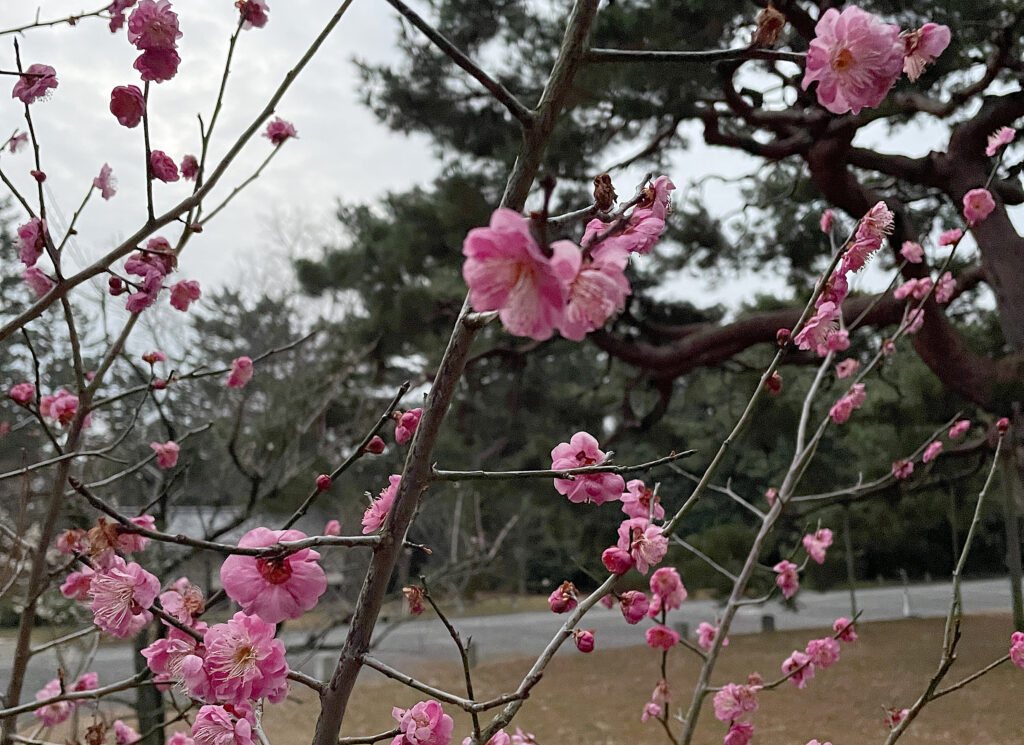
Hina Matsuri
Hina Matsuri is a traditional Japanese event celebrating girls’ healthy growth and happiness. It is said that the current form of the festival was created by combining the Heian-period (794-1185) “Hiina Asobi” (doll play) with the ancient Chinese “Jōshi no Sekku” (the “Dolls’ Festival”).
Origin and How to Play Hina Matsuri
“Hiina Asobi “was a popular doll-playing game among the children of aristocrats in the Heian period.
On the other hand, the ancient Chinese custom of ‘Jōmi no Sekku’ was to purify oneself in a river on the day of the snake in early March. These two customs were combined, and by the Edo period, the custom of displaying hina dolls and celebrating the growth of girls had become established.
On Hina Matsuri, hina dolls are displayed, and traditional foods such as shirozake (sweet white sake), his mochi (rice cakes with a diamond-shaped pattern), and chirashizushi (sushi rice in a box with a variety of ingredients sprinkled on top) are enjoyed. Peach blossoms are also displayed, and people pray for girls’ healthy growth and happiness.
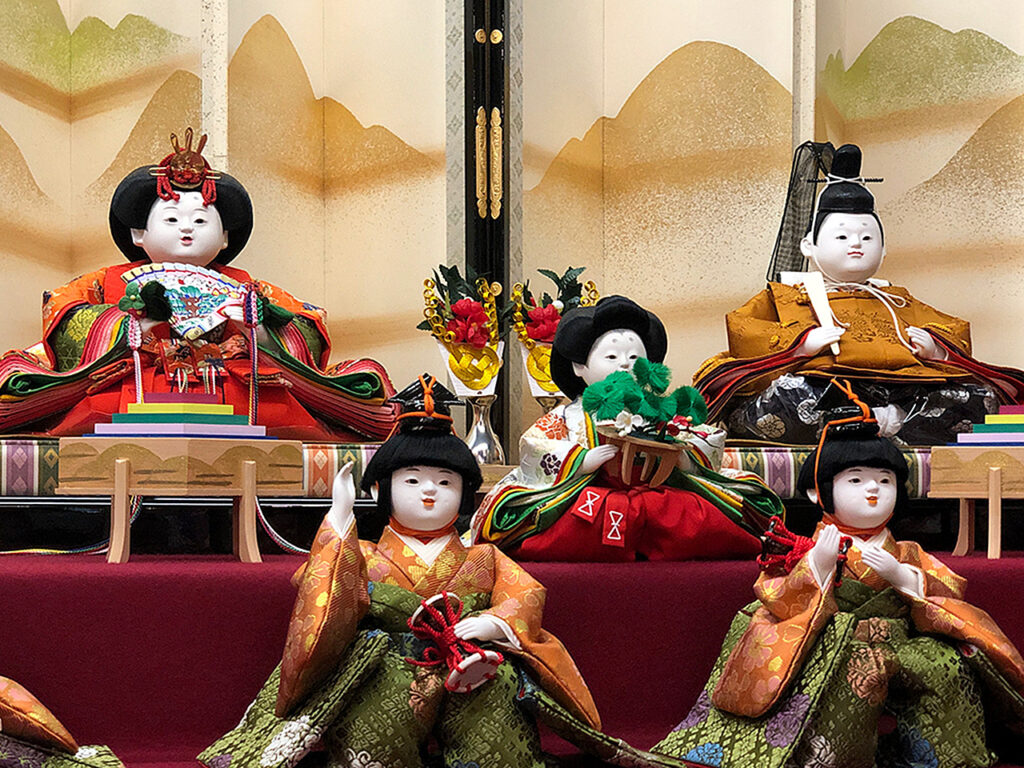
About the Hina Dolls
Hina dolls are often modeled on the wedding of the Emperor and Empress, and it is common to display a set of dolls depicting the Emperor and Empress, three court ladies, and five musicians, with their costumes and furnishings styled on those of the nobility.
Hina dolls are meant to ward off girls’ bad luck and manifest the parents’ wishes to protect their daughters from harm and wish them a healthy life.
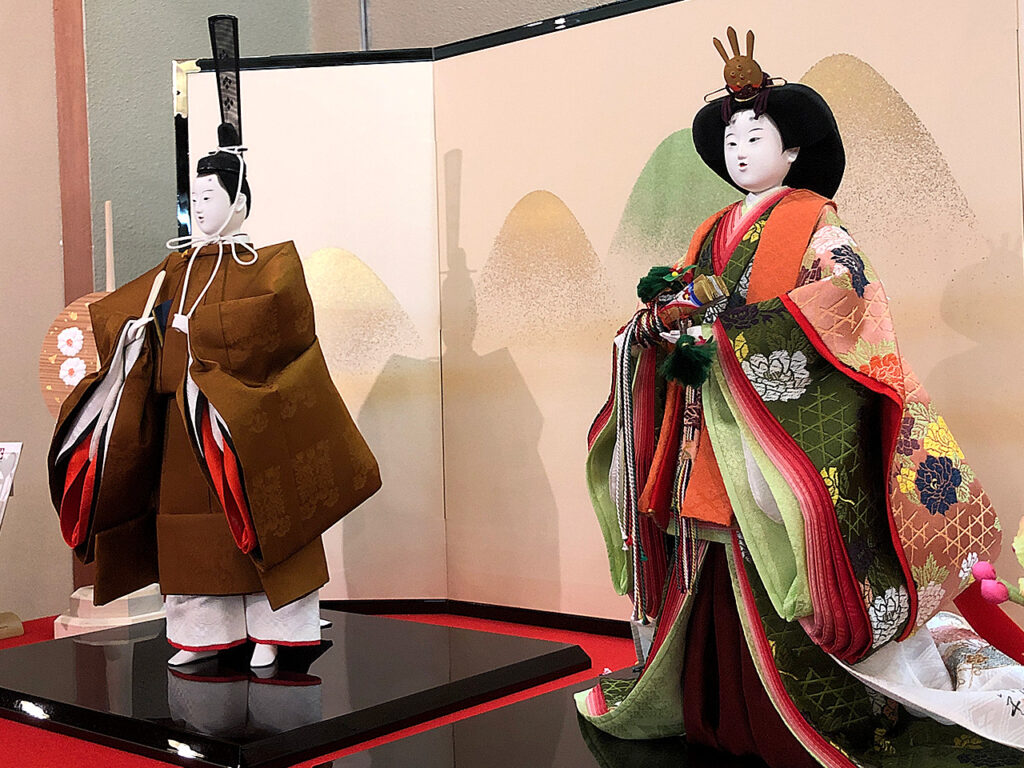
Hina dolls and traditional Kyoto Kogei crafts
Kyoto has a long history of doll-making, and the elegant and delicate Kyoto Hina dolls are famous throughout Japan. The beauty of the costumes, the facial expressions, and even the most minor details of the props result from the artisans’ skilled techniques and aesthetic sense.
Kyoto’s traditional Kogei crafts, such as Nishijin textiles, Kyoto Yuzen dyeing, and Kyoto embroidery, are used to make Kyoto dolls. These traditional crafts are techniques cultivated over a long history and highlight the beauty of Kyoto dolls.
For example, the dolls’ costumes are made from luxurious Nishijin textiles and Kyoto Yuzen dyeing, and their delicate patterns captivate the viewer. In addition, the dolls’ faces are carefully finished with paint made from powdered seashells called gofun, and their elegant expressions are almost as if they were alive.
In addition, the tools displayed with the dolls make abundant use of lacquer craft techniques. The lacquer and maki-e (gold or silver powder sprinkled on lacquerware) applied to furnishings such as the Gosho-guruma (a type of wheeled palanquin), the jubako (a multi-tiered food box), and the okago (a palanquin used to carry a daimyo or his wife) further accentuate the elegance of the Kyoto dolls.
Hina dolls made by Kyoto artisans are true works of art and are an essential part of the culture of the Hina Matsuri festival.
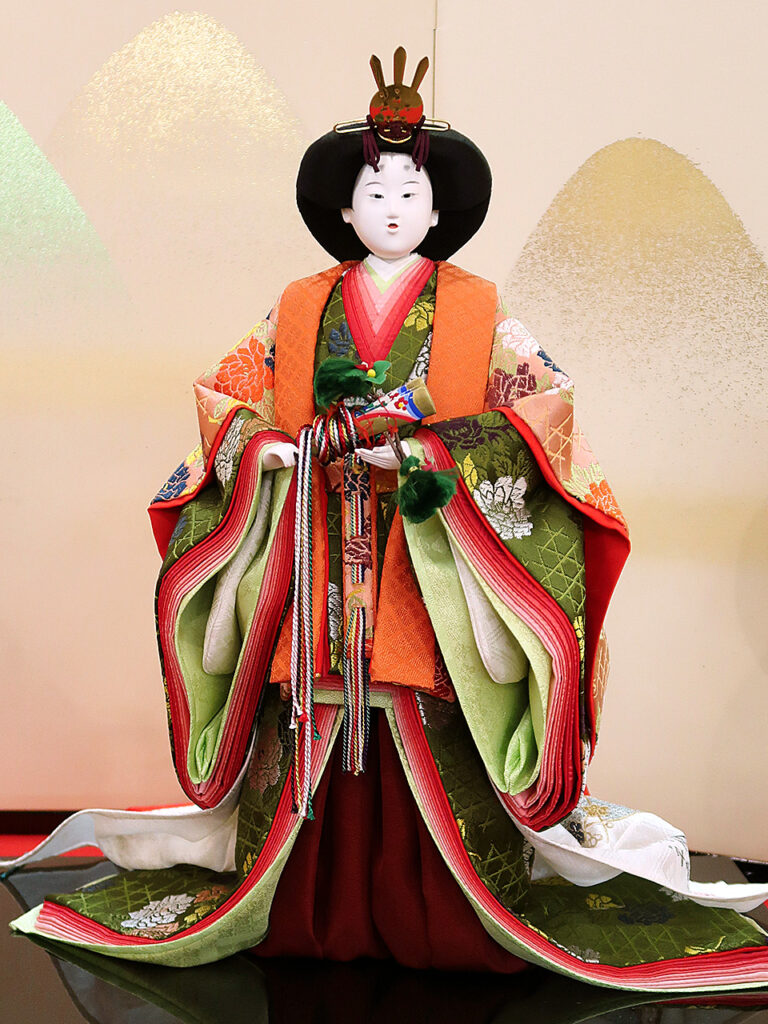
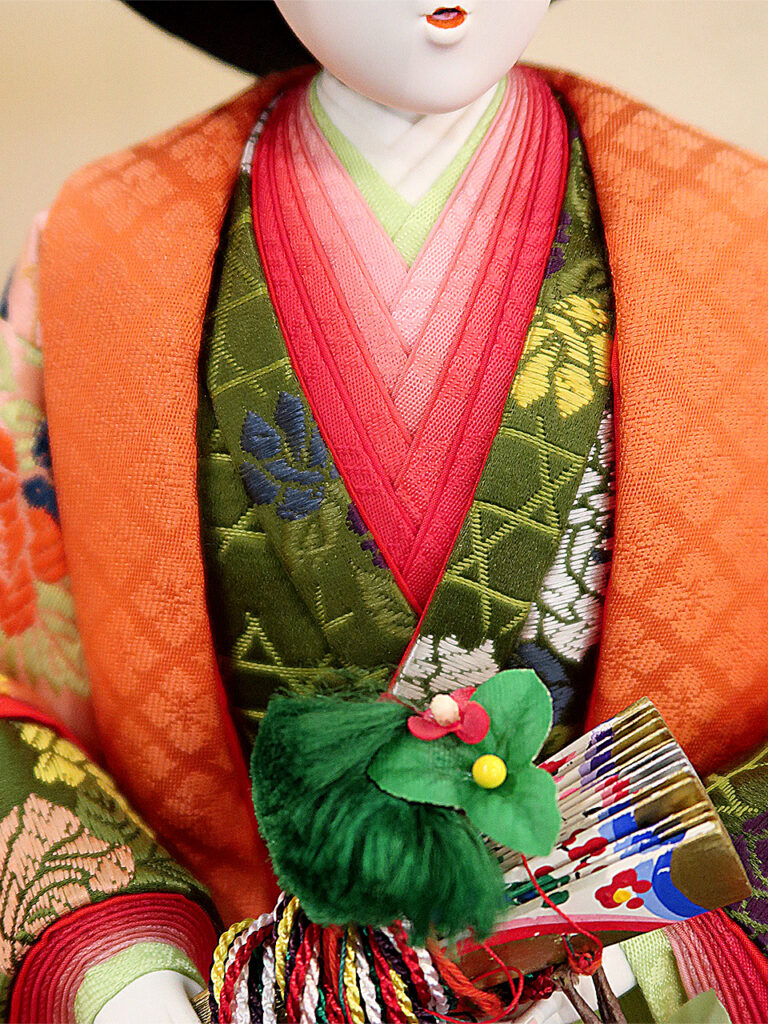
Kogei Art KYOTO also exhibits the works of Shogo Okamoto, the eldest son of the 14th generation of the Mensho family of Kyoto. This lineage of doll makers dates back to the Hōei era (1704-1710) of the Edo period.
He uses a technique called “Nugui” (wiping) to add a gloss to gofun, giving his works a spiritual quality and strength.
